Just another film junkie 🌼I have a soft spot for 70s fantasy and horror🌼
Don't wanna be here? Send us removal request.
Text




Mary Reid Kelly The Syphilis of Sisyphus (2011). The character she portrays reminds me much of The Other Mother from Coraline.
21 notes
·
View notes
Text

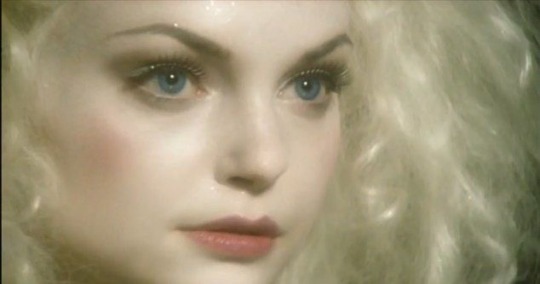
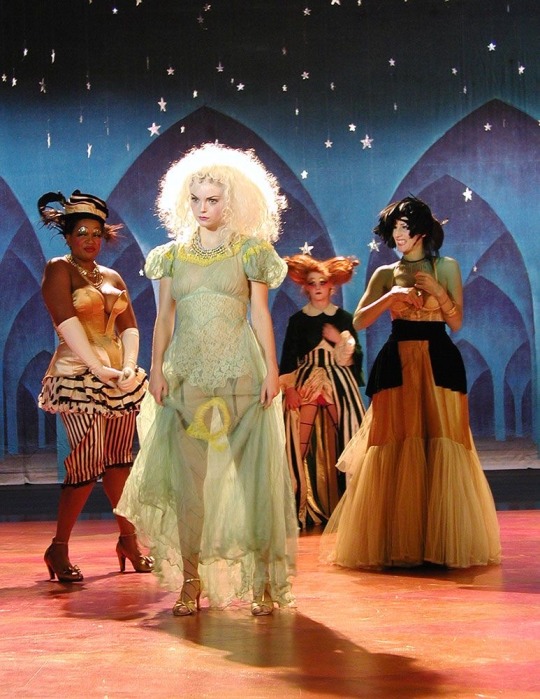
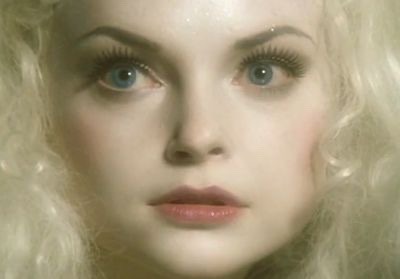
Isabella Miko in The Killers Mr. Brightside music video. Her eyes are so captivating!
8 notes
·
View notes
Text
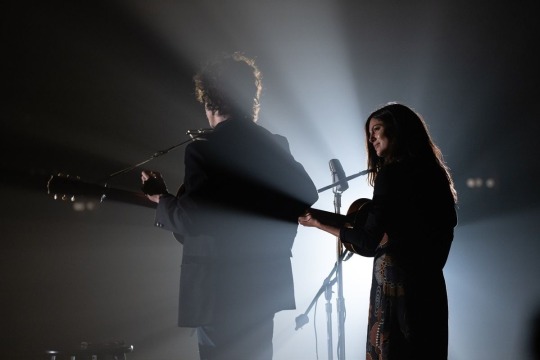
I really did not enjoy James Mangold’s A Complete Unknown (2025). Playing the enigmatic Bob Dylan was Timothée Chalamet who did a great job at mumbling every single line to the point where I was screaming and praying for subtitles to magically appear on the screen for me. Was is just me, or did it feel like nothing happened during the whole 2 hours of the movie? Where was the climax!? Seriously I was so board. I do give props to Elle Fanning’s character Sylvie Russo for standing her ground in the end. The only thing I can really take away from the movie was how much of an asshole Dylan was. I swear every single woman in that movie ended up hating him.
1 note
·
View note
Text

Winona in this blonde wig was so pretty on her!
33 notes
·
View notes
Text
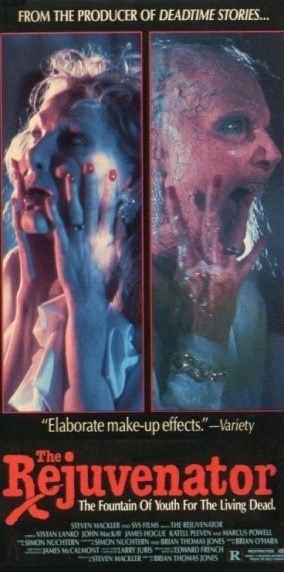

Recently discovered the film The Rejuvenatrix (1988) by Brian Thomas Jones which carries almost the same premise as Coralie Fargreat The Substance (2024).
The story follows a rich actress who has gotten too old for leading roles. She employs a scientist who works on a formula for eternal youth. She takes the serum, not knowing the unforeseen effects would turn her into a hideous monster.
4 notes
·
View notes
Text
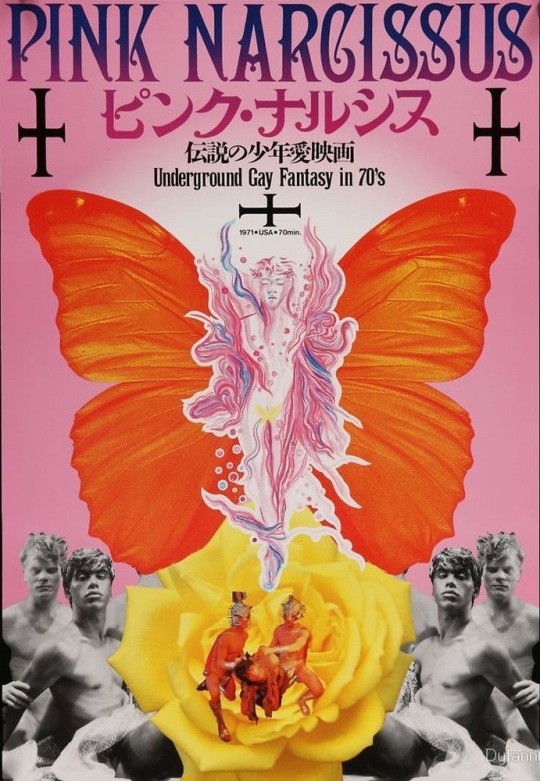
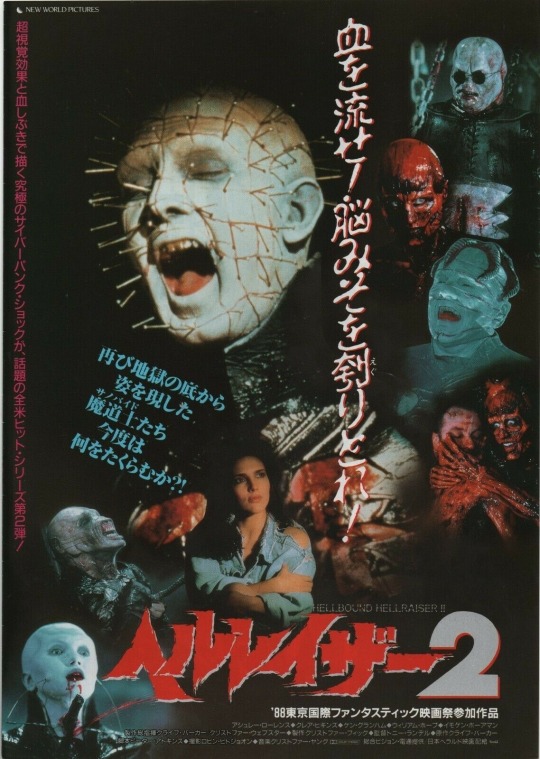
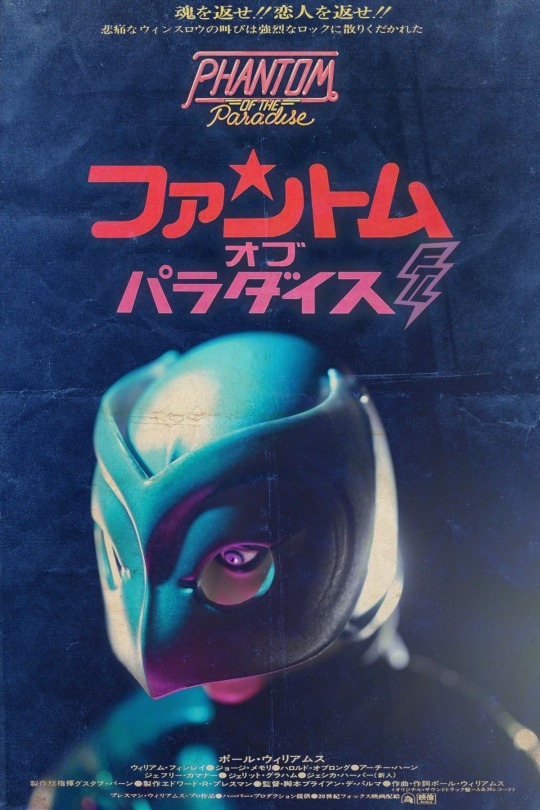
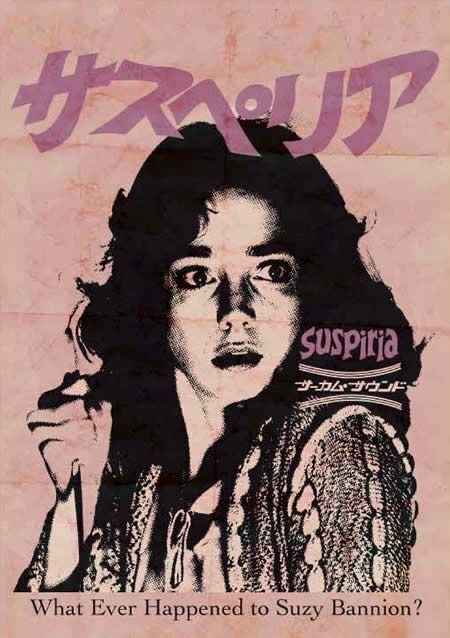

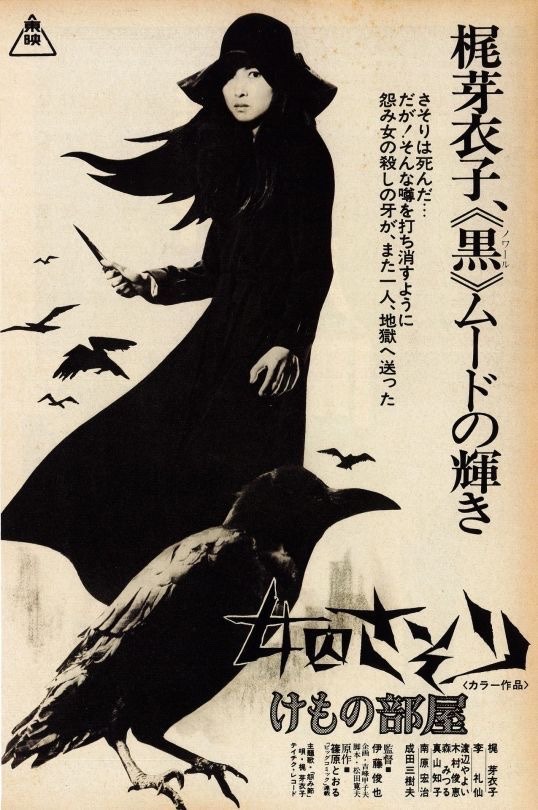
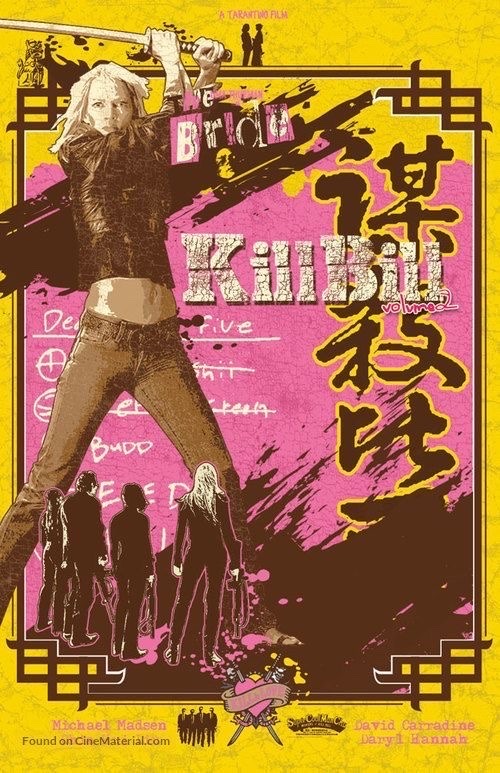

Cool Japanese Movie Posters!
#films#film#movie#movie poster#kill bill#suspiria#Quentin Tarantino#stanley kubrick#clockwork orange#Dario Argento
31 notes
·
View notes
Text
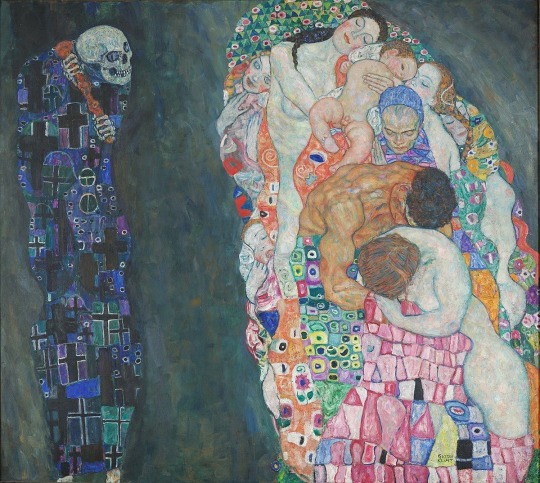
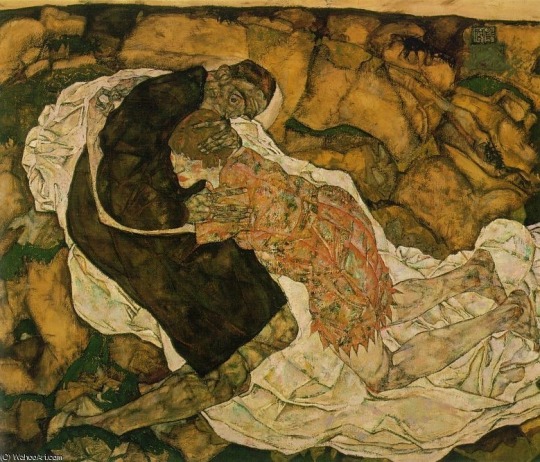
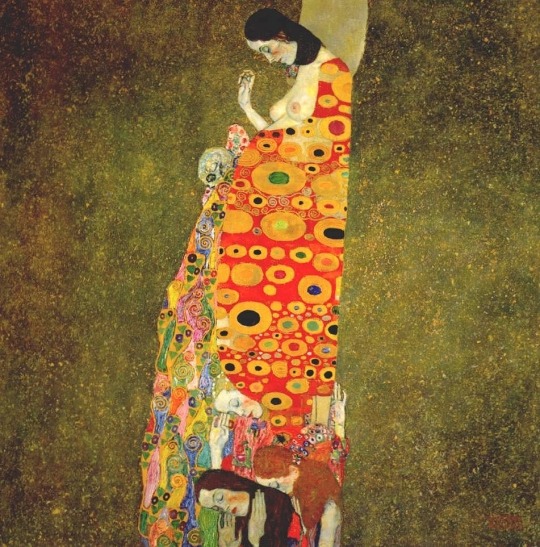


Taking a break from filmography, I wanted to share some of Gustav Klimt’s works, with their dark sensuality, haunting beauty, and exploration of human emotions. It gives me a rush of melancholy and happiness. Truly evocative pieces.
7 notes
·
View notes
Text
Bro I need to hear your thoughts on Robert Eggers being set on directing a new Labyrinth film. Apparently it’s going to be a sequel? This is interesting because a) labyrinth is a family friendly film and Eggers has only done horror/ thriller like movies. And b) a sequel? Like….Jim Henson released this movie as a stand alone movie, so there’s nothing to go off for a sequel, which means this will be a solely Robert Eggers story. I’m not sure how to feel about this although this is all very intriguing to me. I won’t accept a new actor playing David Bowie’s character so I’m speculating there’s going to be a new antagonist. Anyway, I hope Eggers keeps to practical effects and puppets. This will either pop or flop. What do you think?
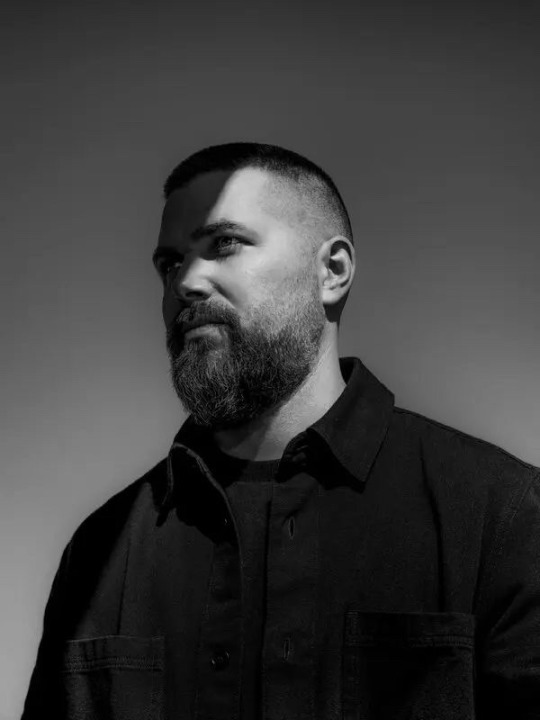

4 notes
·
View notes
Text
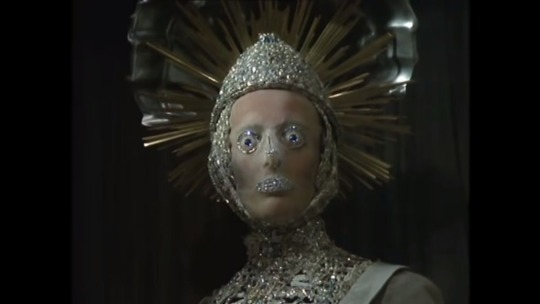
Duke Bluebeards castle (1988)
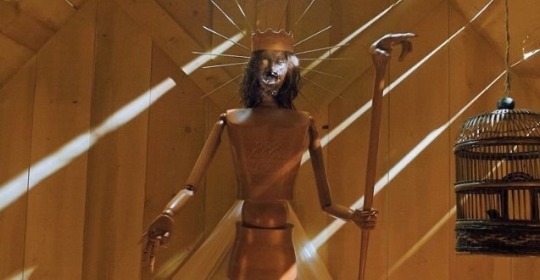
Hereditary (2018)
It makes me wonder if Ari Aster drew inspiration from Leslie Megahey film for his final scene in hereditary…
1 note
·
View note
Text
I want to start reading more gothic romance novels. I’ve heard about many male authors writing these genre of books, so I would love to have some recommendations on some female writers please! 💗
3 notes
·
View notes
Text
Bound by Darkness: Love, Obsession, and Tragedy in Nosferatu
I know many people have already shared their thoughts on Robert Eggers’ Nosferatu, and you might be tired of hearing about it by now — but I have to talk about it because I absolutely loved it. This surprised me, for I’ve never truly connected with a Robert Eggers film before. I’ve seen The Witch, Northman, and about ten minutes of The Lighthouse, but none of them really resonated with me. Don’t get me wrong — his talent as a filmmaker is undeniable, and his style is impressive — but I just didn’t find those films particularly engaging. Nosferatu, however, completely changed that for me.
The release of Nosferatu immediately captured my attention, largely due to its genre: Gothic Horror Romance. The film draws inspiration from the 1922 cult classic Nosferatu, which itself was an adaptation of Bram Stoker’s iconic novel Dracula. Robert Eggers’ adaptation of this specific genre has not only breathed new life into the story but has also drawn in a fresh demographic — fans of the dark, macabre, and hauntingly erotic allure of Gothic Horror — further expanding his already devoted fan base.
After my sixth viewing of the film (and my friend’s first), we found ourselves agreeing that Nosferatu draws subtle inspiration from Eggers’ earlier works, The Witch and Northman. Like those films, Nosferatu delves into themes of the occult and devil worship while embracing its identity as a period piece, immersing viewers in the lives and struggles of early 18th-century society. What truly elevates the film, though, is the romance! Eggers masterfully pushes the boundaries of what it means to love and the sacrifices one must make for those they hold dear. The sweeping fantasy, the heightened drama, and the gripping suspense all came together to create what I genuinely believe is Eggers’ best film yet.
The first thing I want to delve into is Eggers’ thoughtfully curated cinematography throughout the film. The long takes, rich with substance, were mesmerising. Even in shots where very little seemed to be happening, his execution elevated the storytelling — not just from the audience’s perspective but by intensifying the gripping suspense. While some might find this style of filmmaking tedious or slow, I was completely hooked, sitting on the edge of my seat the entire time.
Eggers is no stranger to this type of filmmaking. His films often use long shots that linger, zooming in at precisely the right moment, only to pull you away just as the tension peaks. It’s a gripping technique, and in an era where modern filmmaking has often veered toward fast cuts to cater to short attention spans, it was refreshing to sit back and enjoy the slower pace. And let me tell you, the payoff was worth it. Those long, intense sequences, paired with hauntingly evocative music, masterfully built up the climaxes within the film. It was as though Eggers was edging me with his brilliant storytelling and filmmaking — teasing and drawing out every moment to its fullest effect.
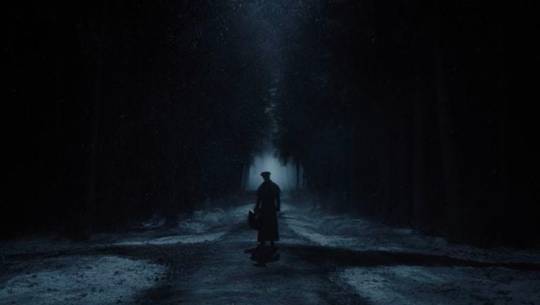
From there, the dark ambiance was spellbinding. The slow zoom-in on the Count’s castle, coupled with the dream-like transition of Thomas magically standing before the massive door, was stunning. The sharp, razor-like music cut through the silence, only to halt as an eerie gust of wind — almost like an unseen force — creaked open the entrance door to reveal Count Orlok. The moment sent shivers down my spine. It’s a moment that will stay with me forever, a haunting masterclass in tension and atmosphere.
Eggers approached the horror aspects of the film with remarkable taste, steering clear of cheap jump scares used solely to startle the audience. Instead, every moment of brief, intense fright was thoughtfully crafted to enhance the story and deepen the fear surrounding the character. Even in moments where the audience might brace themselves for a predictable jump scare, Eggers subverts expectations, delivering something entirely different — and far more unsettling. This deliberate approach not only heightens the tension but also solidifies Orlok as a truly haunting and unforgettable figure.
As I mentioned earlier, I loved how the film seamlessly incorporated classic Gothic horror tropes into its storytelling. From the isolated and decaying locations to themes of madness and obsession, every element felt perfectly woven into the narrative. And, of course, we can’t overlook the biggest trope of them all: the mysterious and brooding character — Count Orlok.
Portrayed by Bill Skarsgård, Orlok was both unrecognizable and darkly enchanting. Every scene he occupied felt like his shadow consumed the screen, dripping with hunger and decay. I was thoroughly impressed by how Eggers chose to depict him, creating a character that not only stirred the Gothic sensibilities of the story but also caused quite the stir in pop culture.

Sharing the screen with Orlok was Ellen, portrayed by Lily-Rose Depp, whose performance absolutely blew me away. Together, their dynamic added yet another layer of complexity and intrigue. their relationship is a haunting interplay of forbidden desire, manipulation, and fate. It embodies the Gothic trope of a doomed connection where love and death are inextricably linked. Ellen is portrayed as a figure of innocence and purity, yet she possesses an underlying strength and agency that makes her more than a passive victim. Orlok, on the other hand, is a dark, brooding presence — a predator consumed by his hunger yet strangely drawn to Ellen in a way that goes beyond his vampiric instincts. Their dynamic is one of fascination and revulsion, as Ellen becomes both prey and something far more meaningful to Orlok.
Orlok’s obsession with Ellen undeniably transcends his monstrous nature, adding a layer of tragic complexity to his character. His attraction to her is not just driven by his vampiric instincts but by something far deeper — a longing that borders on the eternal, and an understanding that their connection is inescapable. Ellen, in turn, is not merely a passive figure caught in his thrall; she demonstrates a profound awareness of the darkness that surrounds her, and a willingness to confront it despite the cost. As the narrative unfolds, it becomes clear that Ellen is not only grappling with Orlok’s manipulation but also her own internal conflict. Their relationship is not one of simple victimhood and control — it’s a tragic interplay of desire, fate, and the inevitability of death. The chemistry between them is undeniable, a magnetic force that pulls them together despite their differences. They are bound, as Orlok himself states, — a fate that is sealed by their shared connection, woven into the fabric of their existence. Their bond is not just a matter of survival or domination; it is, tragically, a fated love, marked by both darkness and an impossible longing.
There has been an ongoing discourse online suggesting that Ellen is a victim of abuse, both in her past and through Orlok’s manipulative nature. While I partially agree with this interpretation, I believe it oversimplifies the dynamic between them. Yes, Ellen’s past may hint at a history of abuse, it’s also evident that she harbors a darkness within her, a force so strong it metaphorically (and perhaps literally) summons Orlok from his slumber.
Orlok’s manipulative tendencies cannot be denied — he is a creature of power and control — but Ellen is drawn to his presence, even as she recognizes the danger he poses. This gives her agency within the narrative, positioning her not simply as a victim but as a complex character navigating her own inner turmoil and desires. Their relationship is deeply Gothic in its nature, built on a foundation of forbidden desire, tragedy, and an almost predestined connection that blurs the line between love and destruction.
This dynamic shifts significantly after Ellen meets Thomas (Nicholas Hoult), who serves as a symbol of light in her otherwise dark and twisted life. As stated in the film, Thomas made her feel her most “normal,” momentarily quieting the darkness within her and giving her a fleeting sense of peace. However, by the time he entered her life, it was already too late. Ellen had foolishly sworn her passion to Orlok, binding herself to him and leaving her caught between two opposing forces — a spectrum of light and dark.
There’s no denying that Ellen’s darkness exudes from within, consuming any light she might possess. While Thomas eventually grew to understand and accept Ellen’s dark thoughts, he could never truly comprehend her in the way Orlok does. Orlok, embodying the very essence of her inner turmoil, resonates with the parts of Ellen that Thomas could never reach — a connection both unsettling and deeply intimate. Their bond transcends mere understanding; it’s a shared darkness that binds them in a way no one else could.
This duality is one of the film’s most beautiful and poetic elements. To Ellen, her two romantic interests represent a yin-yang dynamic: Thomas embodies light, purity, and hope, while Orlok is the darkness, passion, and decay that consumes her. Yet, rather than these forces simply opposing each other, they coexist within Ellen, driving her toward her ultimate redemption and Orlok’s demise.
One scene I found particularly beautiful was the medium close-up shot of Ellen in her mourning clothes, with a large black bonnet elegantly framing her face, symbolizing grief and finality. As she discusses her destiny with Von Franz (Willem Defoe), there’s a haunting serenity to her demeanor. In that moment, it feels as though she fully accepts the inevitability of her fate, quietly mourning her own impending death with a sense of tragic dignity.
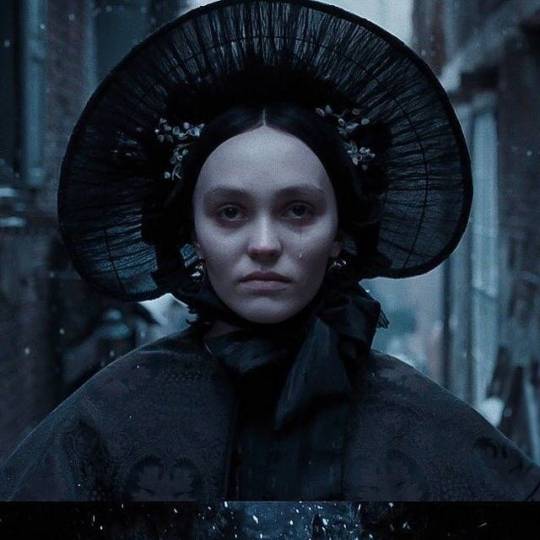
It’s a testament to the power of destiny, passion, and the inescapable pull of fated love. In the end, Ellen’s journey is as tragic as it is profound — a stunning exploration of love, sacrifice, and the interplay between light and shadow. Beautiful and poetic, to say the least.
Wrapping this up, I wanted to highlight one of my favorite scenes in the film, starting with Herr Knock’s (Simon Mcburny) moment when he bites into the flesh of the bodyguard’s neck. Blood splatters across his lips as he screams, “BLOOD IS LIFE,” a line that perfectly encapsulates the film’s overwhelming sense of hunger and craving that must be sated. It’s a visceral, chilling moment that reinforces the darker, primal themes throughout the movie alongside its most iconic line.

Oh, and Eggers is set on doing a Labyrinth remake/ sequel? what do you guys think of this?
#nosferatu#nosferatu 2024#robert eggers#film#movie#film review#count orlock#ellen hutter#nosferatu 2024 spoilers#thomas hutter#bill skarsgård#lilly rose depp
23 notes
·
View notes
Text




Costume Concept Art for Nosferatu (2024) by Linda Muir
12K notes
·
View notes
Text

Bahahaha I love Robert Eggers. "Blistering orchestral climax that would bring Beethoven to his knees in torment"
78 notes
·
View notes



















